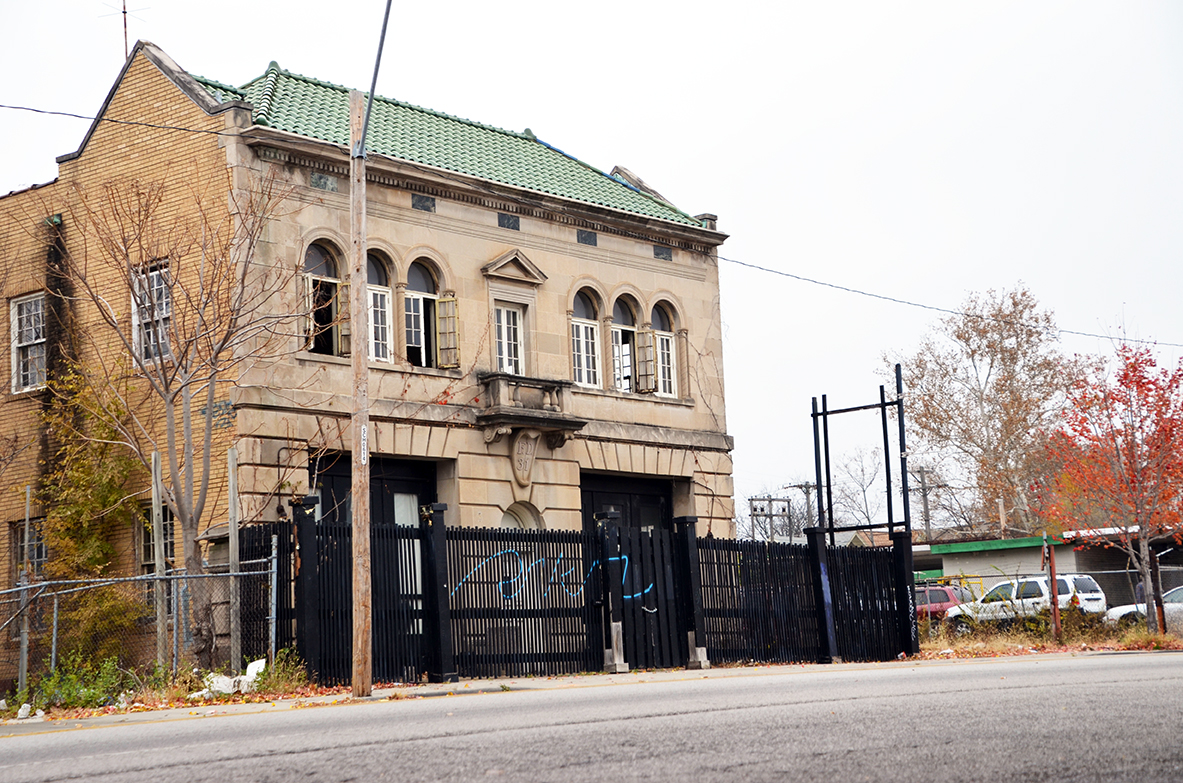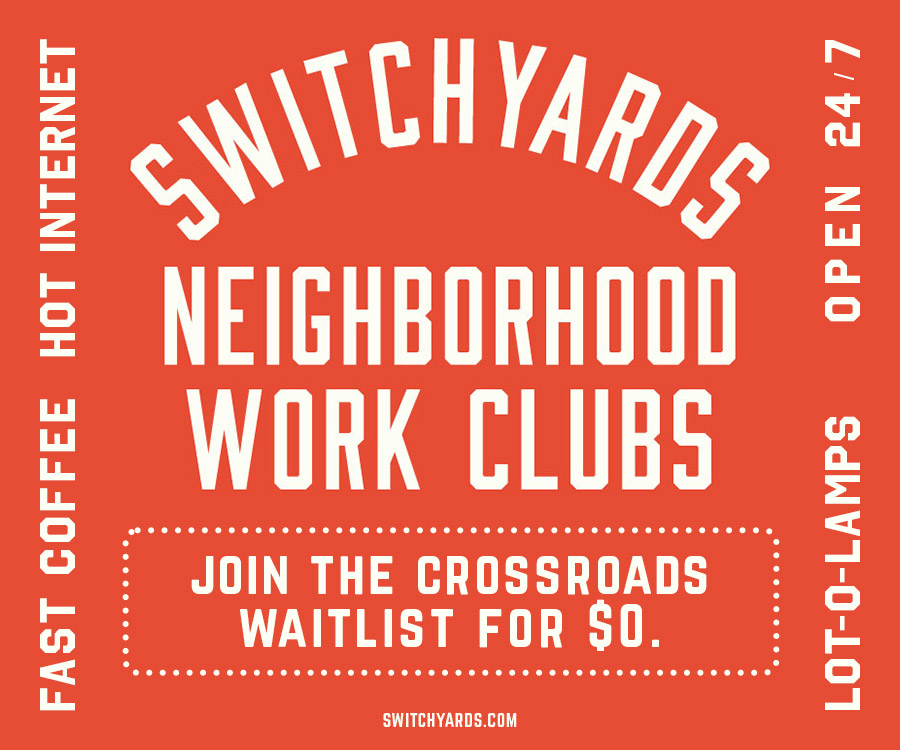As economic development surges in pockets across Kansas City, residents and businesses on the east side shouldn’t be left behind, Scott Taylor said.
“Our clock is ticking as a city on this, and we need to do more,” said Taylor, councilman for the sixth district, at-large.
At a press conference Thursday, Taylor introduced a draft ordinance that would establish an East Side Investment Zone. One of a handful of council members vying for the mayor’s office in 2019, Taylor chairs the planning and zoning committee that likely would consider the legislation.

Scott Taylor
“We are starting to see this momentum carry over to the east side of KC, but we need to expedite the pace of investment on the east side to create a synergy like we are seeing in other parts of the city,” he said. “This includes making it easier for smaller developments and small businesses, as well as building a workforce from a population with traditionally higher unemployment rates than the rest of the city.”
Taylor’s draft plan not only calls for the East Side Investment Zone, but also three related programs aimed at re-investment in economic growth, abatement transfer credits and affordable housing.
Businesses or organizations taking advantage of the zone’s benefits would be required to pay workers no less than $15 an hour, according to the proposal.
“Employers remain free to choose what wage rate they will pay based on current law,” Taylor said Friday. “The city is not mandating any particular wage. However, it is up to the employer to decide if they want to participate in this voluntary program, which includes $15 an hour.”
The East Side Investment Zone would include an area generally enclosed by 4th Street on the north, 95th Street on the south; Troost Avenue on the west; and the city’s corporate boundaries on the east; and those areas included within the Ruskin neighborhoods of south Kansas City.
And as part of the plan, qualified businesses in the following corridors would be eligible for property tax abatements:
- Troost Avenue (both sides) between 4th Street and 95th Street;
- Prospect Avenue (both sides) between Lexington Avenue and Blue River Road;
- Independence Boulevard between Paseo and Benton Boulevard;
- 18th & Vine in the area bounded by Paseo, Woodland Avenue, 17th Terrace and 20th Street;
- Southwest Boulevard between Broadway Boulevard and State Line Road; and
- Those commercial corridors in the Ruskin neighborhoods of south Kansas City area as bounded by I-470 to the north, I-49 to the west, Blue Ridge Boulevard connecting to Longview Road to the south and Raytown Road to the east.
The ordinance also directs the city manager’s office to identify $10 million in new funding for improving residential properties within the investment zone.
In his remarks at a press conference Thursday, Taylor noted a number of recent developments on the city’s east side — the Beacon Hill neighborhood, Gates development at 47th and Troost, Kansas City Public Schools moving to 29th and Troost, Wonder lofts and the opening of Ruby Jean’s Kitchen & Juicery at 30th and Troost, the four-corner apartment development at Armour and Troost, as well as the new East Patrol station on Prospect — but said more needs to be done.
“Now that the KCI vote has been successful, it is time to turn our focus to more pressing needs,” Taylor said, referencing the Nov. 7 ballot initiative that paved the runway for a new, single-terminal airport.
Some questioned the timing of Taylor’s proposal and push for action, noting the pending mayor’s race and his six-year tenure on the council.
“Until launching his campaign for mayor, (he) has never championed a single economic development project or initiative on Kansas City’s east side,” Quinton Lucas, councilman for the third district, at large, told the Kansas City Star. “I welcome his new found interest in our community.”
The draft version of the ordinance is unlikely to be the final version of the legislation, Taylor said Thursday.
“My intent is to start this discussion with the introduction of this package,” he said. “I will hold the ordinance for an inclusive community discussion over the next several months before we consider this at the city council level.”







































